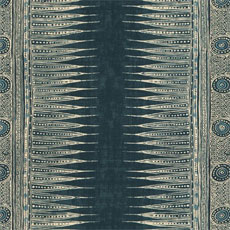Teses e Memoriais - 1978 / Mariza Peirano
The symbolic trees of the Ndembu
Much anthropological literature in recent past years has been concerned with defining the features of ritual symbolism. This paper deals with one aspect of the whole issue, namely, "polysemy". By this concept Victor Turner means that a single symbol may stand for many things - objects, activities, and relationships -, and in ritual there is not to be found a one-to-one relationship between symbols and referent but a one-to-many relationship. For him, ritual symbols have the characteristic of being "multivocal". To discuss the problem we will analyse the meaning of the trees in the Ndembu rituaIs studied by Turner.
Although the discussion will center on Turner's ideas, implicitly the paper focuses on the debate between alternative approaches to the study of ritual symbolism, represented by the positions of Turner, on one side, and Lévi-Strauss, on the other. Or, briefly, this paper will explore Turner' s contention that ritual symbols are "motivated" and "polysemic" contrasted with Lévi-Strauss's conviction that what really matters is the structure of relations and, in that case, symbols can be seen as "arbitrary".
In comparison to these positions, we will pursue the viewpoint that the fact that symbols are "motivated" does not prevent them from constituting conceptual "systems", which is to say that Turner's and Lévi-Strauss 's positions are not mutually exclusive. Along the same line, we will approach the current dichotomies which have characterized and defined different anthropological theoretical positions - "culture" vs. "society"; "action" vs. "thought"; etc - as purely heuristic devices which should be overcome when specific empirical data is analysed. Leia na íntegra...

